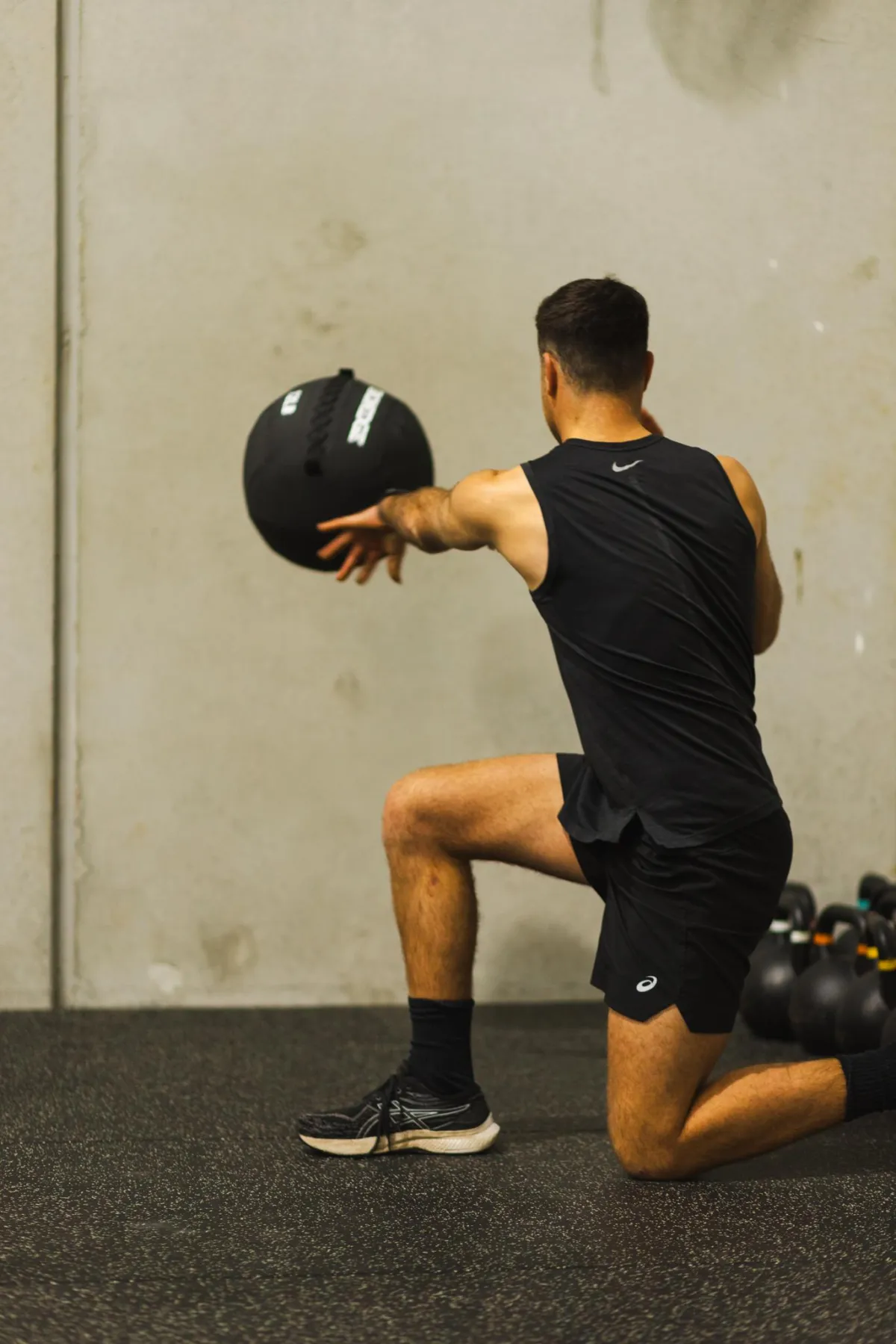Welcome To
Our Blog

🏃 Lower Back Pain in Athletes: Why It Happens and How to Fix It Properly
🏃 Lower Back Pain in Athletes: Why It Happens and How to Fix It Properly
Lower back pain is often seen as a “general” injury — but in athletes, it usually isn’t. While the average person might experience back pain from inactivity or long hours sitting, athletes experience lower back pain for entirely different reasons — and they need a different approach.
At Pivot Sports Performance, we see a steady stream of footballers, netballers, gym-goers, and runners who feel tightness, pinching, or soreness in their lower back during sport. Many of them have tried rest, massage, or stretching — but the pain keeps coming back.
Here’s what’s really going on — and what you can do to fix it.
❓ Why Do Athletes Get Lower Back Pain?
The majority of lower back pain in active people is not caused by damage or disc issues. Instead, it’s a result of load intolerance or movement inefficiencies under fatigue.
Common reasons athletes develop back pain:
Overusing their lower back instead of glutes or core
Poor bracing or spinal position during lifting (e.g. deadlifts, squats)
Excessive lumbar extension (arching) during sprinting
Weakness in stabilisers like glutes, obliques, and transverse abdominis
Sudden spikes in volume or intensity during pre-season or testing
The pain might present during sport — or it might build up after training and show up the next morning.
⚠️ Key Signs It’s Sport-Related Back Pain
Pain with sprinting, jumping, cutting or lifting
Hesitation during deceleration or change of direction
Stiffness or tightness after gym work or running
Arching or discomfort when lying flat or overhead pressing
Morning soreness that eases with movement
If this sounds like your pain, passive treatments and time off probably won’t solve it. You need to fix the way your body handles load.
💪 What Proper Back Rehab Looks Like
At Pivot, we focus on restoring strength, control, and load tolerance — not just eliminating symptoms.
Here’s our framework:
✅ Phase 1 – Identify the Driver
We assess not just your spine, but how you move, brace, hinge and load
Breathing and trunk positioning are restored
Pain relief strategies through movement and activation — not rest
✅ Phase 2 – Strength & Stability
Glute, core and deep stabiliser loading
Anti-rotation and single-leg control
Rebuilding lift mechanics (e.g. hinge, squat) with tempo and control
✅ Phase 3 – Return to Speed and Sport
Sprint drills, landing technique, fatigue testing
Force absorption and multi-directional movement
Gym progressions to rebuild full training tolerance
🧠 Why Athletes Can’t “Just Rest”
Rest might reduce symptoms, but it doesn’t address the cause. Without strength or control work, most athletes find their pain returns once they load the system again.
That’s why we build tolerance to the specific loads your sport demands — whether that’s sprinting at full speed or absorbing force in a contact drill.
✅ Final Word
Lower back pain doesn’t need to be chronic — and it doesn’t need to keep you out of sport. With the right assessment, strength program, and sport-specific reloading, most athletes return to full performance within weeks.
If your back pain is affecting your training, lifting, or game-day movement — book in with the team at Pivot. We’ll guide you through a clear path to recovery, so you don’t just feel better — you move and perform better, too.
01

Athlete Performance Program
High Performance Training Throughout Your Entire Season.
02

Sports Physio
Sport Specific Injury Management & Prevention
03

Concussion Clinic
Keeping Your Brain Safe With Up To Revolutionary Concussion Care
Website & Marketing Powered By Gymini


